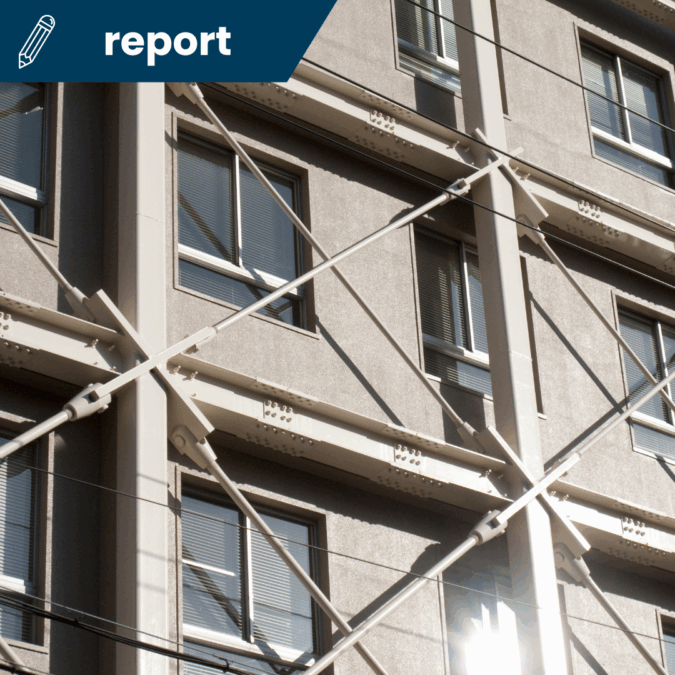Resource Link: https://www.pembina.org/pub/valuing-deep-retrofits
Author/Contributor: Pembina Institute, contributions from the Alberta Ecotrust – Retrofit Accelerator
Alberta Context: This report was written to show how better residential buildings can lower healthcare costs in Alberta. All content is relevant to Alberta.
Summary:
The average Canadian spends roughly 90% of their time indoors, so the quality of our homes has a direct impact on our health. Poor housing, like drafty or poorly ventilated spaces with outdated heating, can lead to respiratory, cardiovascular, and even mental health issues.
This report outlines how deep retrofits not only reduce energy costs but also improve quality of life and alleviate strain on the healthcare system. By including healthcare savings in the business case, we gain a clearer picture of the full value of retrofits in terms of safety, resilience, and affordability.
Other international success stories, like New Zealand’s retrofit program, show a $4 return in energy and health savings for every $1 spent and a net return of over one billion dollars. Alberta can follow suit and improve public health, reduce healthcare costs, and support vulnerable households.
This report is the first in Canada at the time of publishing to link building retrofits to healthcare impacts. It examines the long-term health impacts of inadequate housing in Alberta, detailing how poor housing conditions lead to physical and mental health issues. It recommends retrofitting programs, including types, economic impacts, and long-term benefits for Albertans and the province.
Key Recommendations:
- Partner with health agencies to pilot studies tracking indoor conditions and health outcomes. A collaborative approach involving affordable housing providers, non-profit housing societies, provincial and municipal governments, and Alberta Health Services is recommended to initiate pilot studies. These studies should focus on monitoring indoor air quality, home temperatures, and associated health outcomes.
- Health indicators should be monitored following the implementation of retrofit programs by municipalities and community groups, either through specific research or brief surveys.
- Invest in retrofits for vulnerable households facing poor housing and high energy costs. The Alberta government should fund and support building retrofits to improve health, prioritizing low-income households with high energy burdens and poor housing.
Read the full report here.

